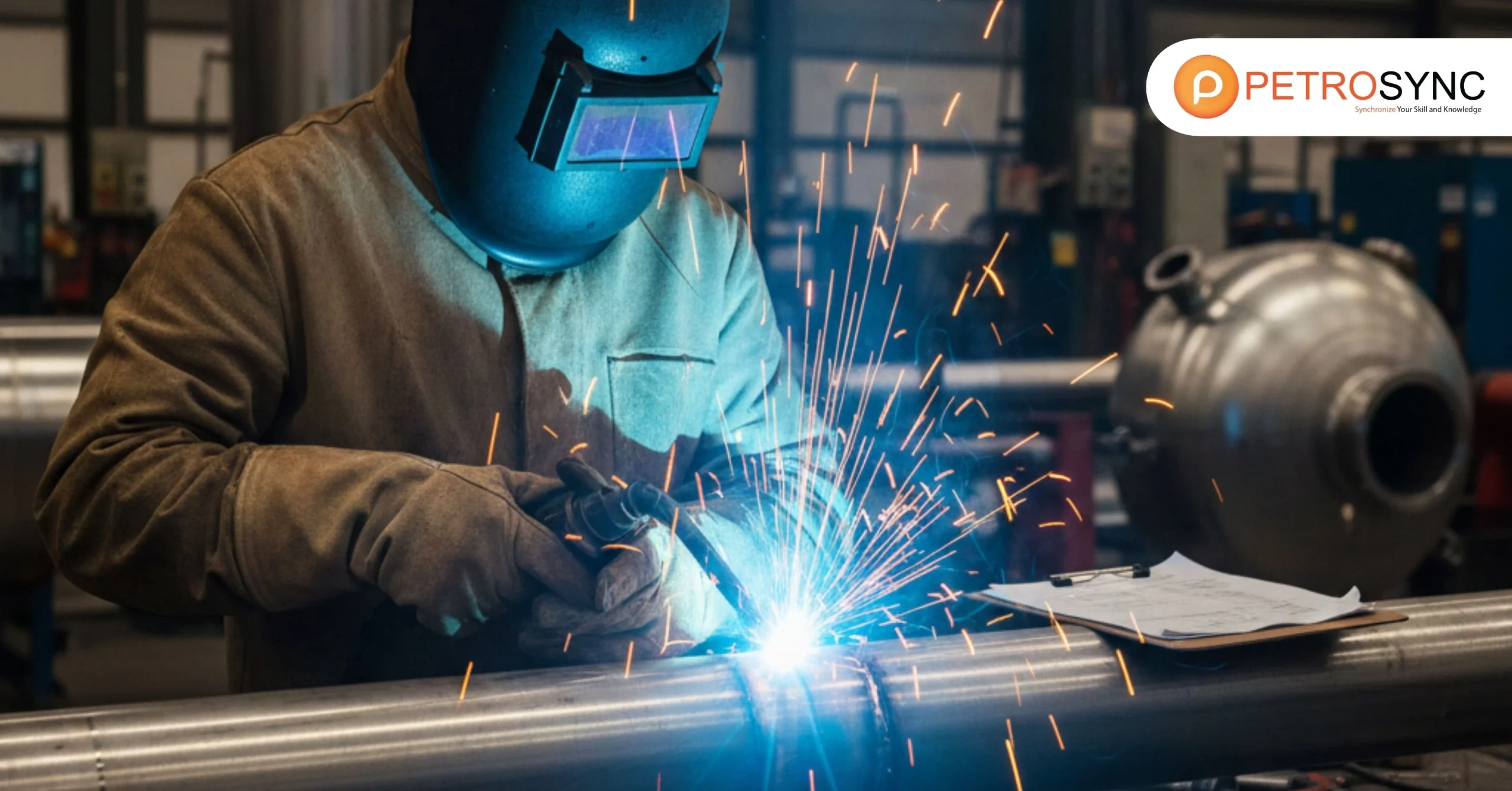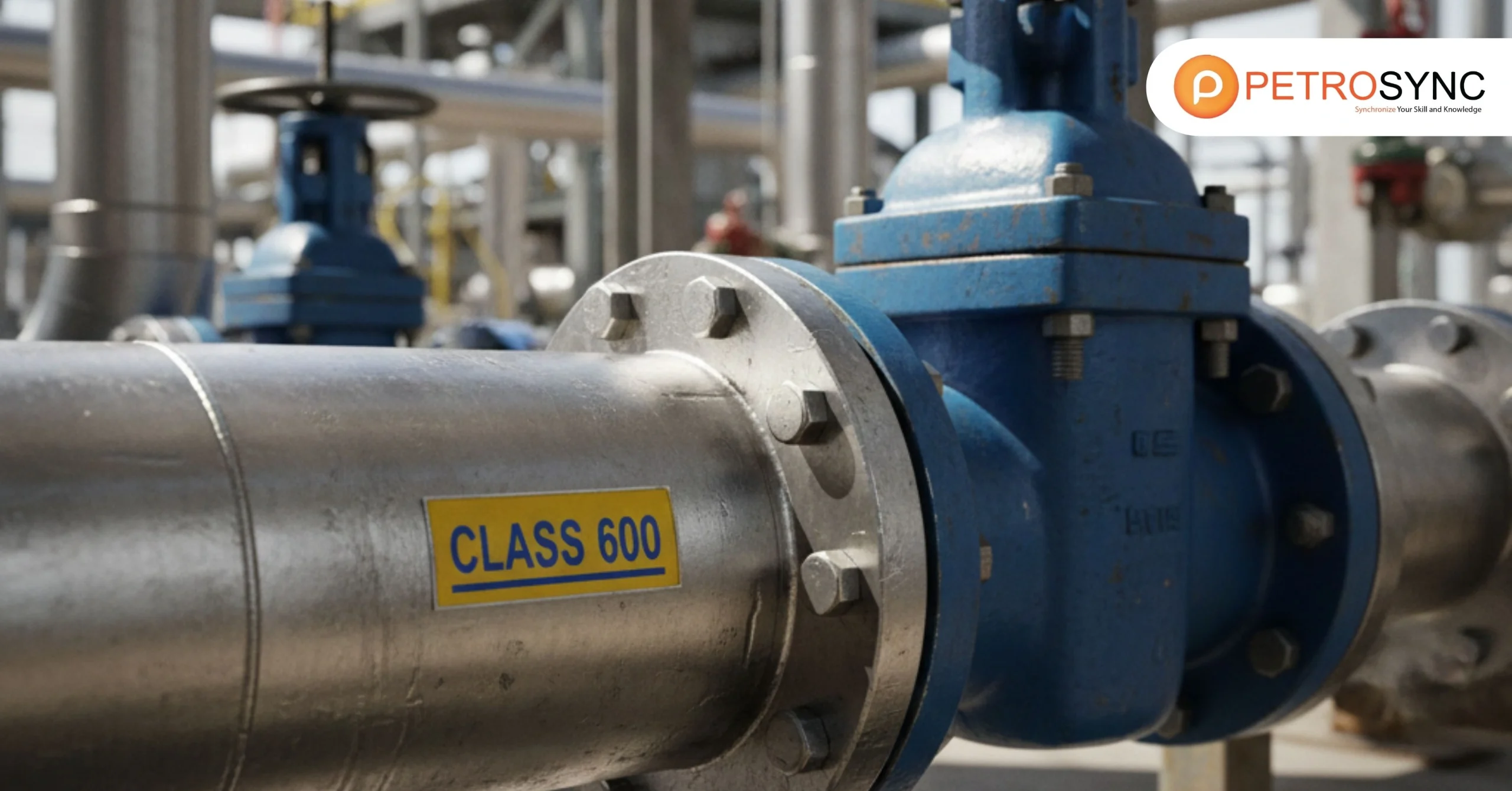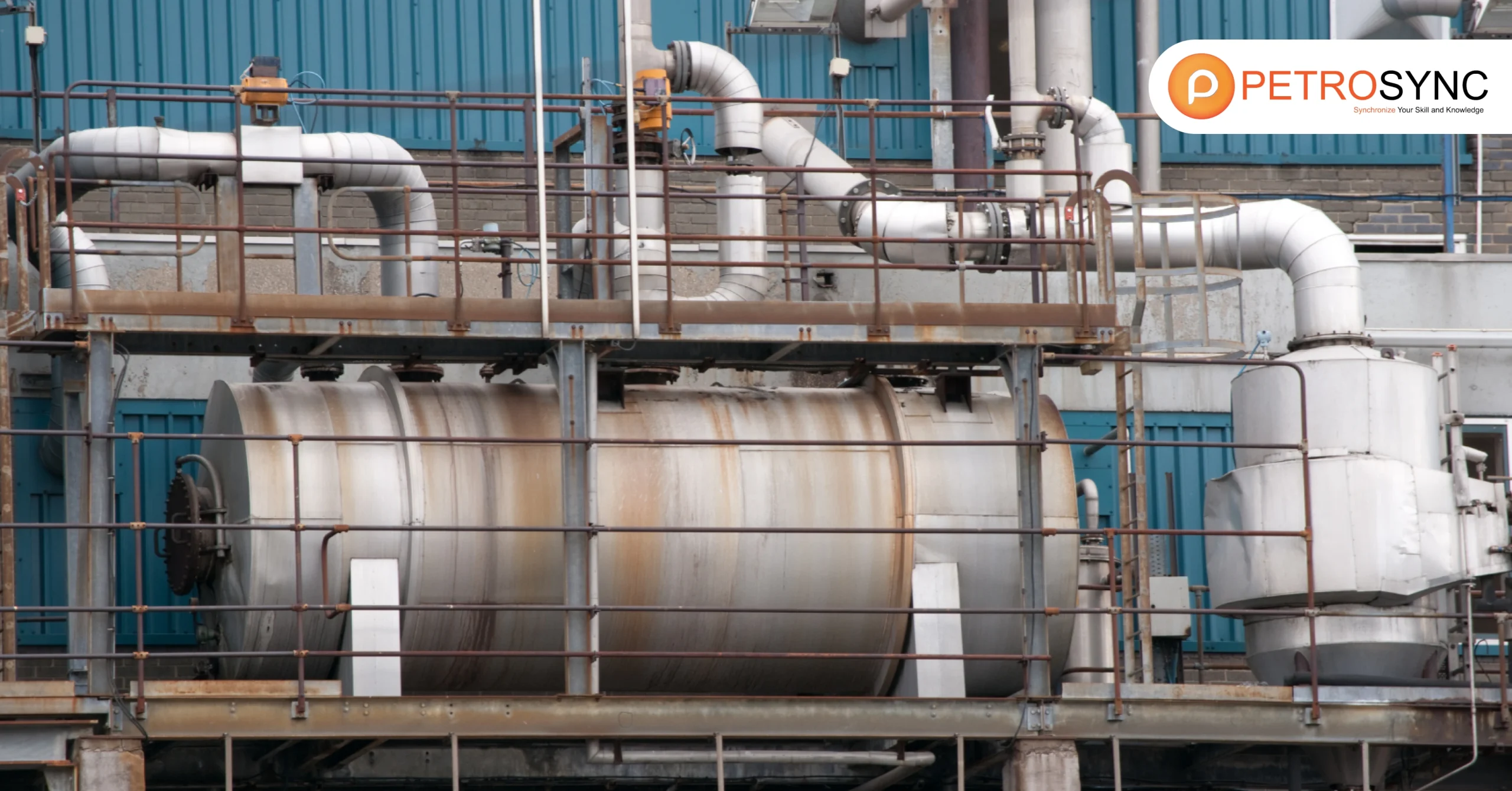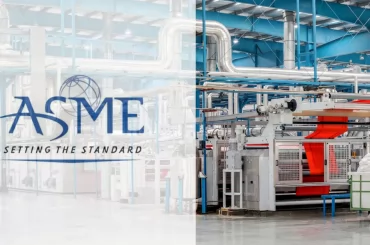ASME B31.3 is a critical standard in the oil and gas industry, providing a comprehensive framework for the design, construction, and maintenance of process piping systems. Ensuring the integrity of piping systems is essential for operational safety, efficiency, and regulatory compliance.
By adhering to ASME B31.3, companies can reduce risks, optimize asset performance, and maintain reliable operations across their facilities. In modern industrial operations, particularly in chemical, petrochemical, and refining facilities, the reliability of piping systems directly impacts safety, productivity, and overall project success.
A small failure in a piping system can lead to catastrophic consequences, including costly shutdowns, environmental hazards, and severe safety risks. Therefore, understanding and applying ASME B31.3 is not just a technical requirement but a strategic approach to operational excellence.
What is ASME B31.3 Process Piping?
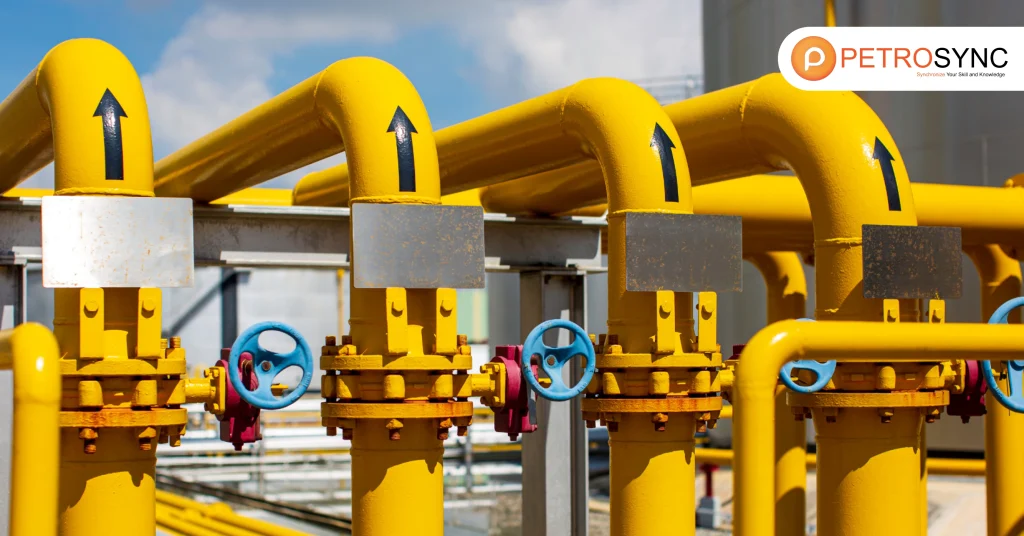
ASME B31.3 is the standard that governs the design, construction, inspection, and maintenance of process piping systems. Industries primarily use these systems to transport or process chemicals, oil and gas, or other hazardous materials. ASME B31.3’s purpose is to ensure that piping systems function safely under the extreme conditions that these industries often present.
But what does this standard mean for these systems in practical terms? ASME defines a set of guidelines that dictate how to design piping systems to withstand high pressures, temperatures, and mechanical stresses. This standard focuses not only on the materials used but also on the methods of assembly.
The inspection processes required to ensure that piping systems are safe to operate. B31.3 guides engineers in selecting materials and ensuring pipes handle thermal and mechanical stresses efficiently.
What are The Content of ASME B31.3 Standards?
The ASME B31.3 standard is comprehensive, covering various aspects of piping design and construction. It includes detailed sections on materials, fabrication, installation, and inspection, providing clear guidance on how to achieve safe and efficient piping systems.
One of the key elements covered in this standard is the material selection for piping systems.
The standard specifies which materials are acceptable based on the system’s application and operating conditions. Materials are chosen not only for their mechanical properties but also for their resistance to corrosion, temperature variations, and other environmental factors. Additionally, this standard outlines the requirements for welding, assembly, and installation of piping systems.
This section ensures that the piping systems are structurally sound and can safely operate under the expected conditions. The standard also specifies the testing procedures to verify that the piping system functions as expected before putting it into service.
How is the Piping System Following ASME B31.3 Standard?
To ensure compliance with this standard, stakeholders must carefully manage each phase of the design, construction, and operation of piping systems. Engineers and contractors must adhere to the guidelines set forth in the standard to ensure that all aspects of the system are up to code. When designing a piping system, it is crucial to understand the load and environmental factors it will face.
This standard provides a framework for evaluating these factors and selecting the proper materials, welding techniques, and construction methods to ensure that the system can handle these stresses. After installing the system, the team must rigorously inspect and test it to verify that it meets all of the required safety and operational standards.
In short, following the this standard involves a commitment to safety, thorough planning, and quality control at every stage of the piping system’s lifecycle. This ensures that the final product is reliable and capable of handling the demands of its intended application.
What is The Difference Between ASME B31.1 and B31.3?
While ASME B31.1 and ASME B31.3 are both part of the this standard, which covers piping standards, there are significant differences between the two. B31.1 is specifically focused on power piping, which is used in power plant, including steam and water piping systems.
On the other hand, this standard governs process piping, which industries like petrochemical, chemical, and food processing widely use. The key difference between the two standards lies in their scope and the specific types of piping systems they cover.
This standard focuses on designing piping systems for hazardous materials, while B31.1 addresses utilities in power plants.
What is ASME B31.3 Latest Update?
The ASME B31.3 standard is periodically updated to reflect new developments in materials, technology, and safety practices. The latest edition of ASME B31.3, known as the ASME B31.3 latest edition, includes updated guidelines that address emerging challenges in the piping industry.
These updates may involve new material specifications. Improved testing protocols, or revised installation practices. These updates ensure piping systems meet high safety and performance standards, adapting to industry changes and challenges.
Who Can Make The Most Out of ASME B31.3?
Professionals in the fields of engineering, construction, and manufacturing can benefit greatly from understanding and implementing the this standard. Engineers designing process piping systems rely on this standard for a robust framework ensuring safety and efficiency. Contractors and project managers benefit from B31.3, ensuring smooth installation and proper system operation.
Additionally, maintenance teams and safety inspectors can use this standard to evaluate and maintain piping systems throughout their operational lifespan. This ensures that safety standards are continually met and that the systems remain in optimal working condition.
In What Industry ASME B31.3 is Used?
Industries with complex piping systems, especially those handling hazardous or volatile materials, actively use this standard. These include industries like:
-
Oil and Gas:
This standard is used extensively in the oil and gas industry to ensure the safety of piping systems that transport oil, gas, and other chemicals.
-
Petrochemical:
The petrochemical industry relies on this standard to design and maintain piping systems used in chemical processing.
-
Power Generation:
Although ASME B31.1 focuses more on power plants, many industries still apply this standard to certain process piping systems connected to power generation.
Join PetroSync’s ASME B31.3 Training and Boost Your Piping Skills
Are you ready to deepen your knowledge of process piping systems and learn how to apply this standard effectively? PetroSync offers comprehensive ASME B31.3 training programs designed to enhance your skills and help you navigate the complexities of process piping design and maintenance. Our training courses tailor their content to meet your needs and equip you with the expertise to excel in the industry, whether you are an engineer, contractor, or safety inspector.

Results-oriented and thorough SEO specialist with extensive experience in conducting keyword research, developing and implementing digital website promotion strategies and plans, managing campaigns to develop company websites in the digital world, excellent knowledge of marketing techniques and principles, and attentive strong attention to detail.



